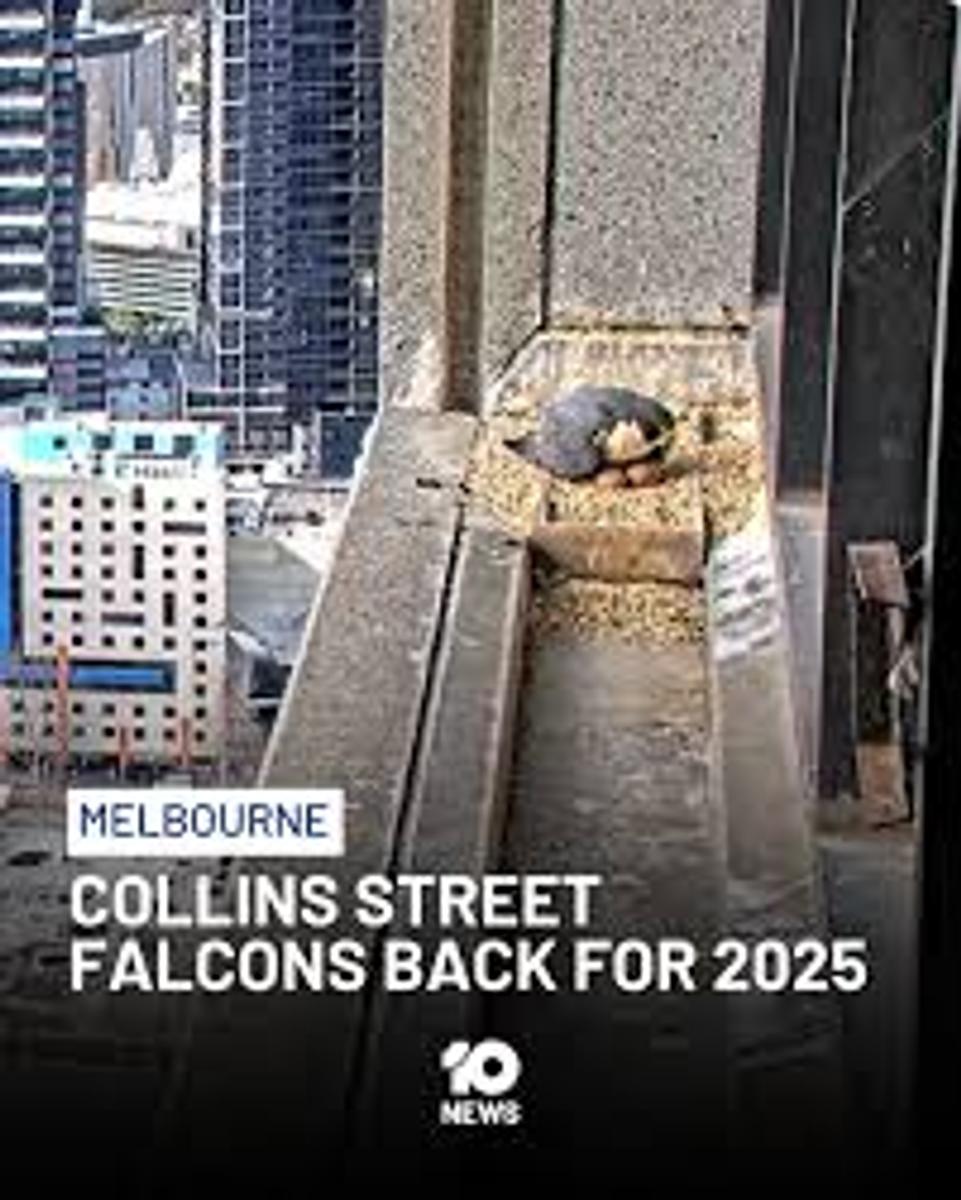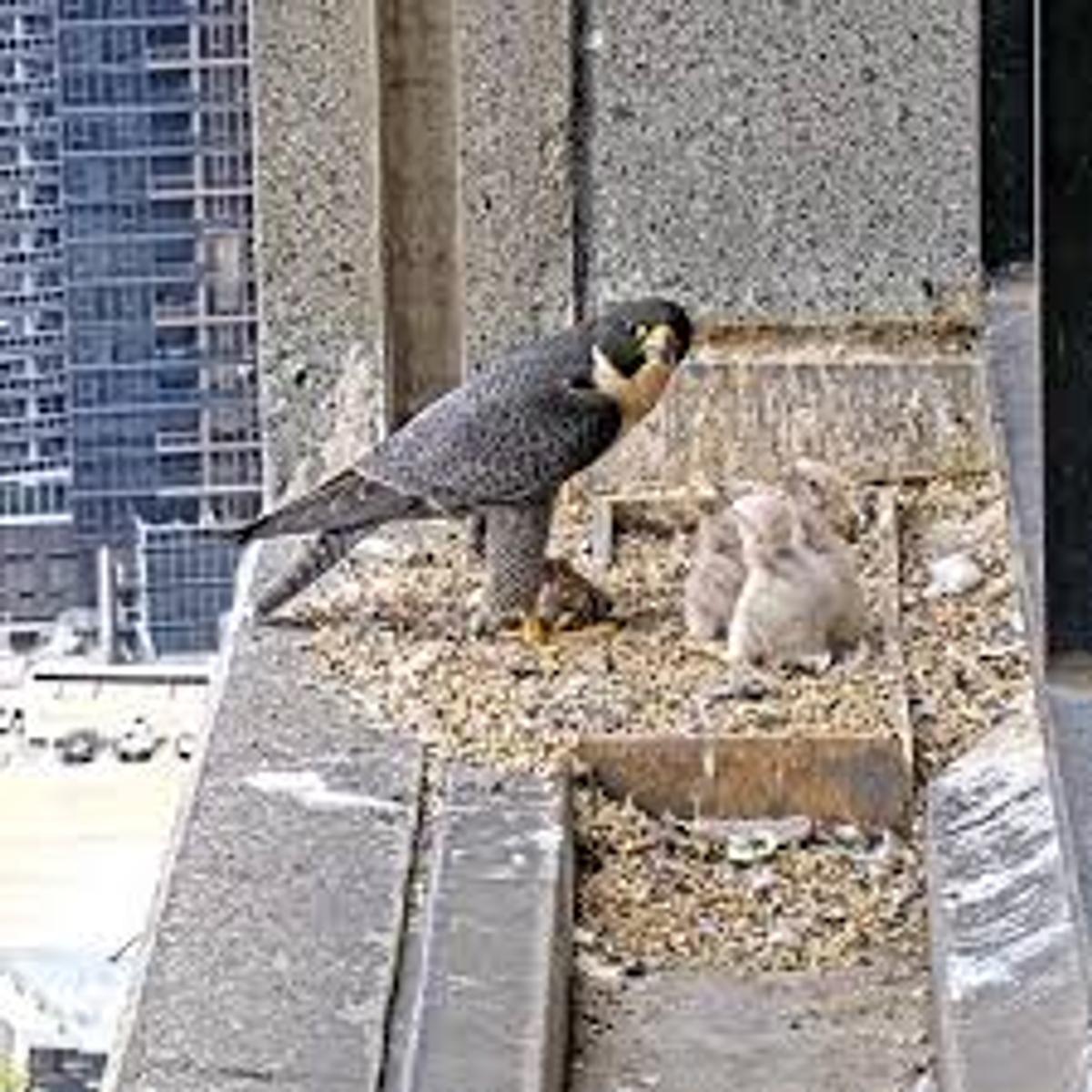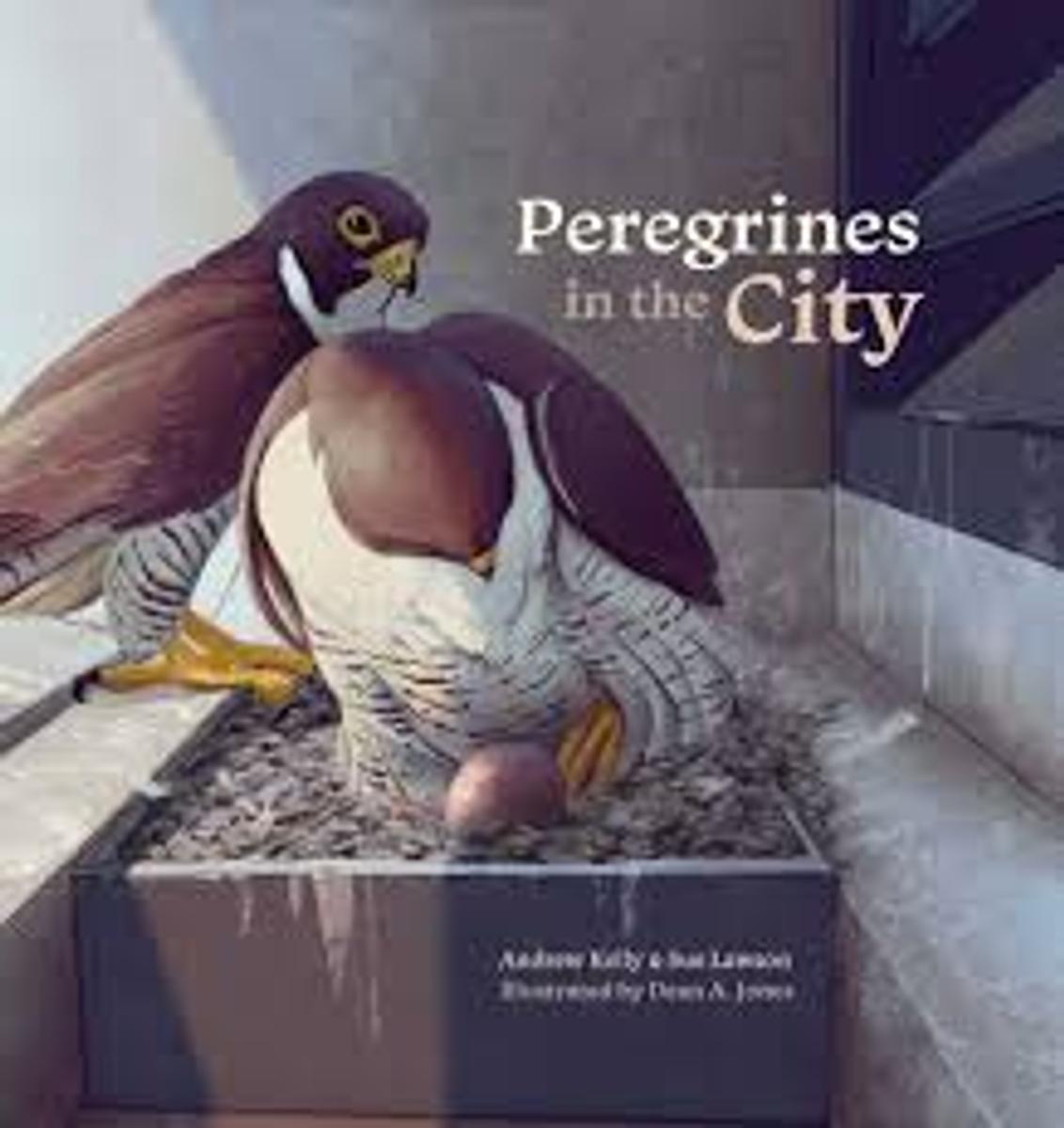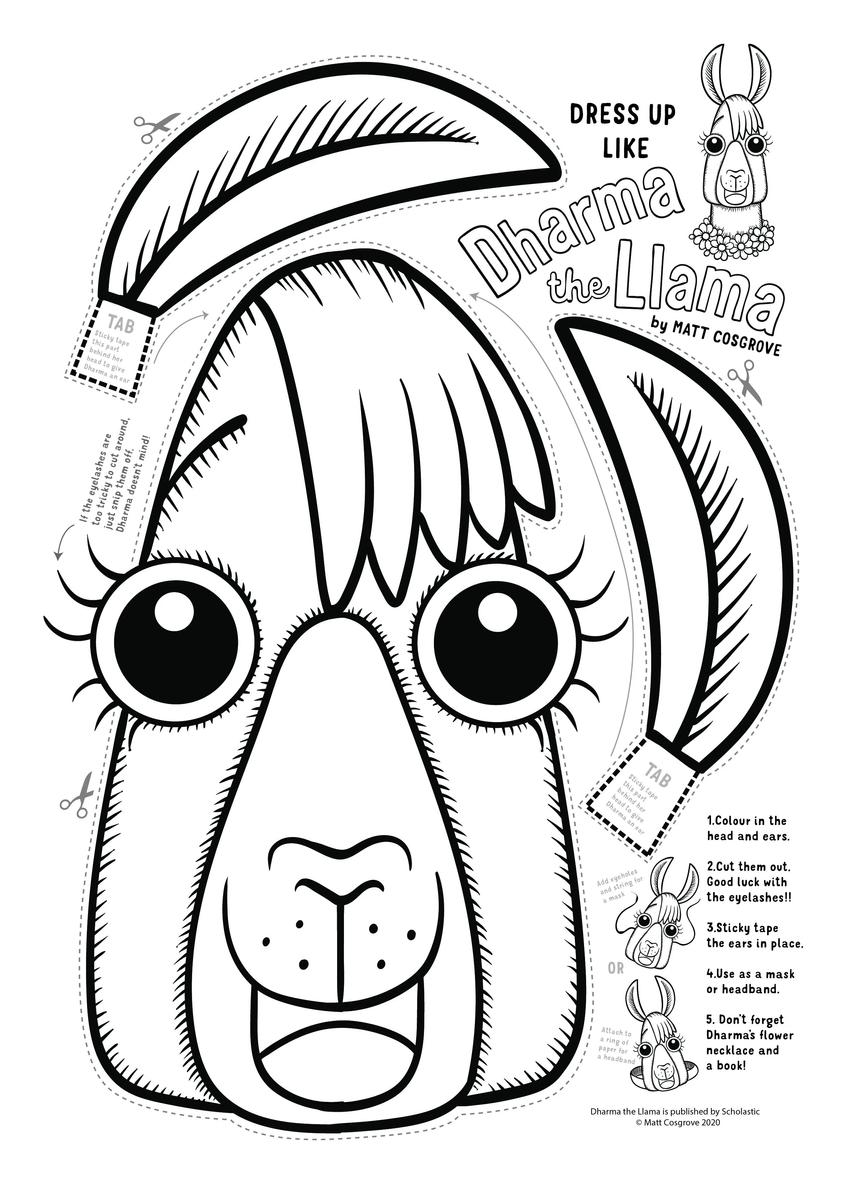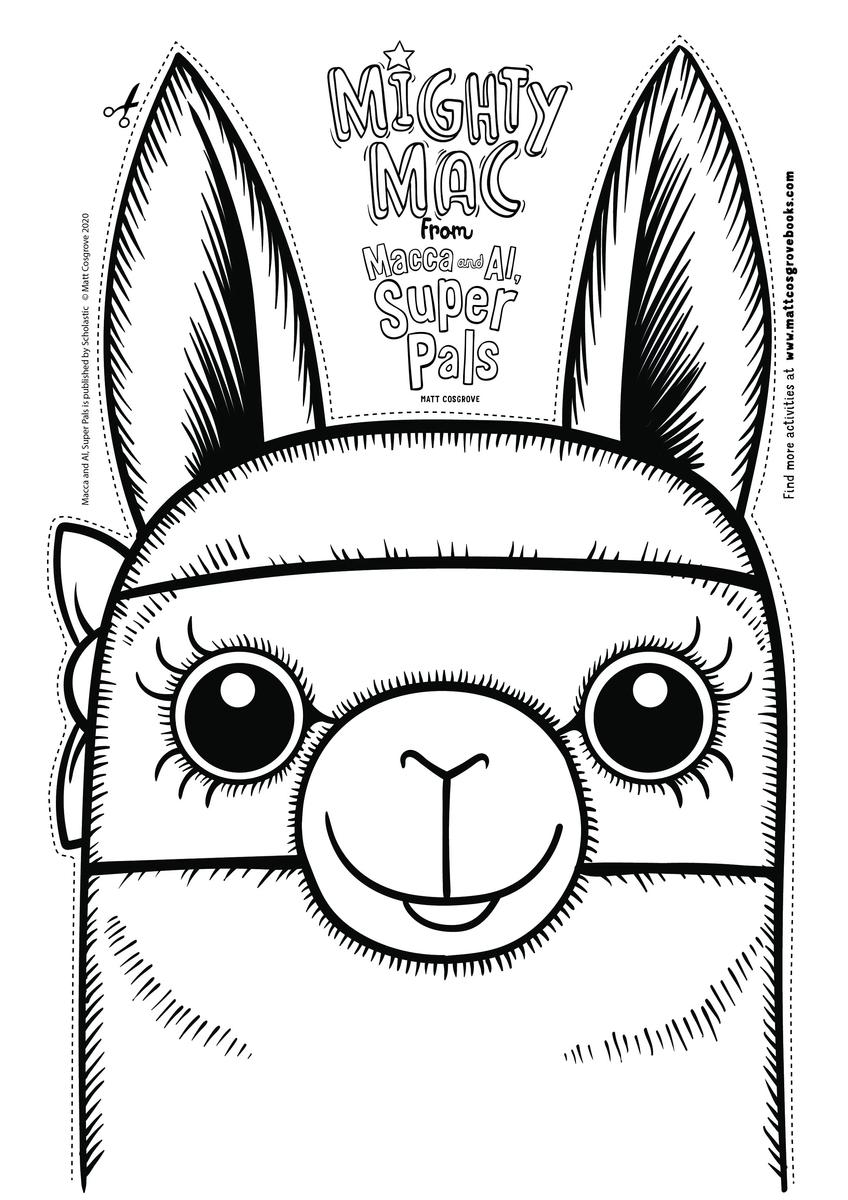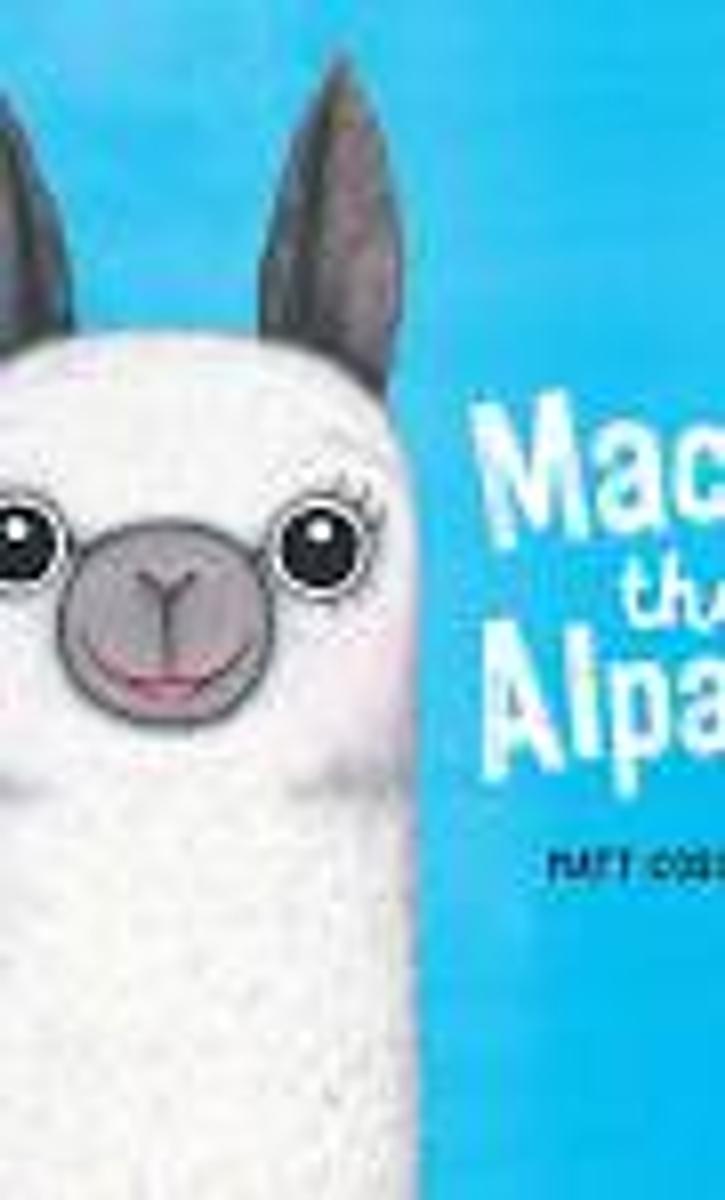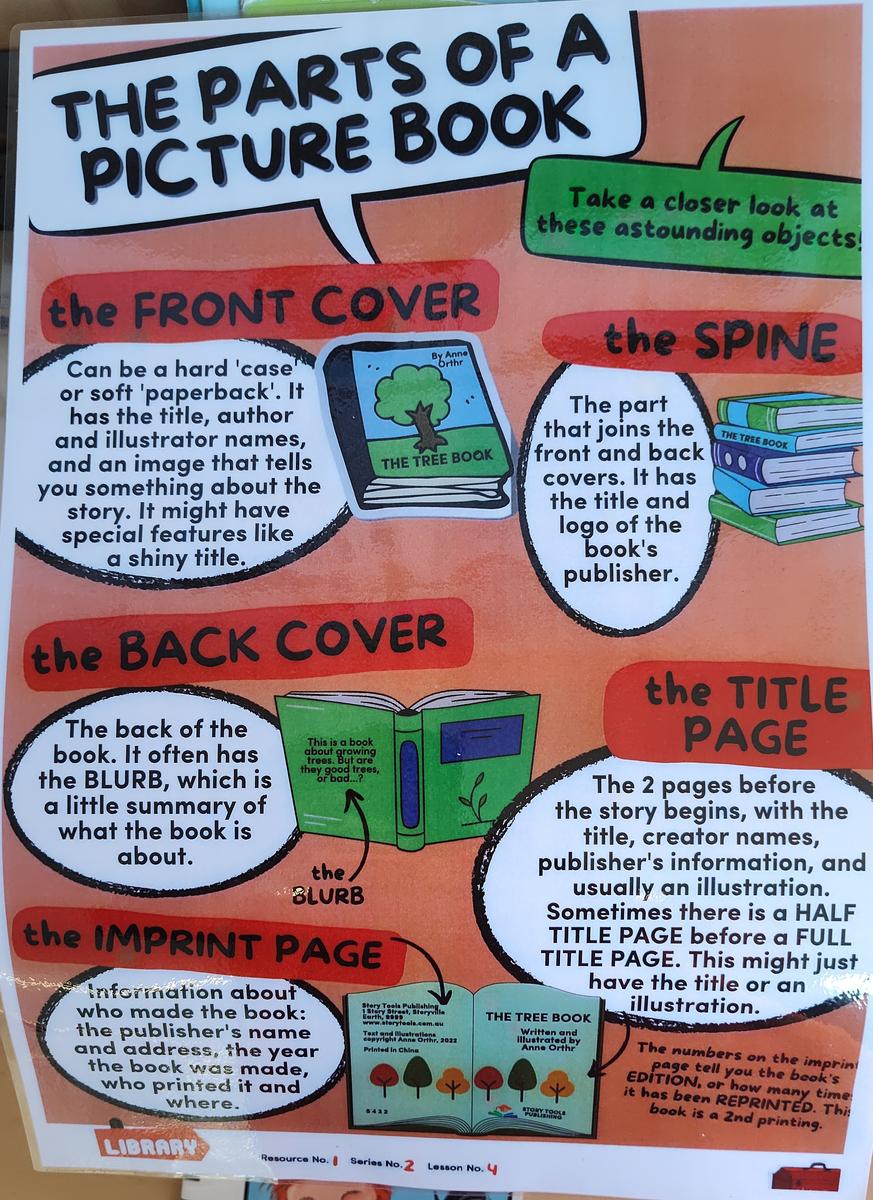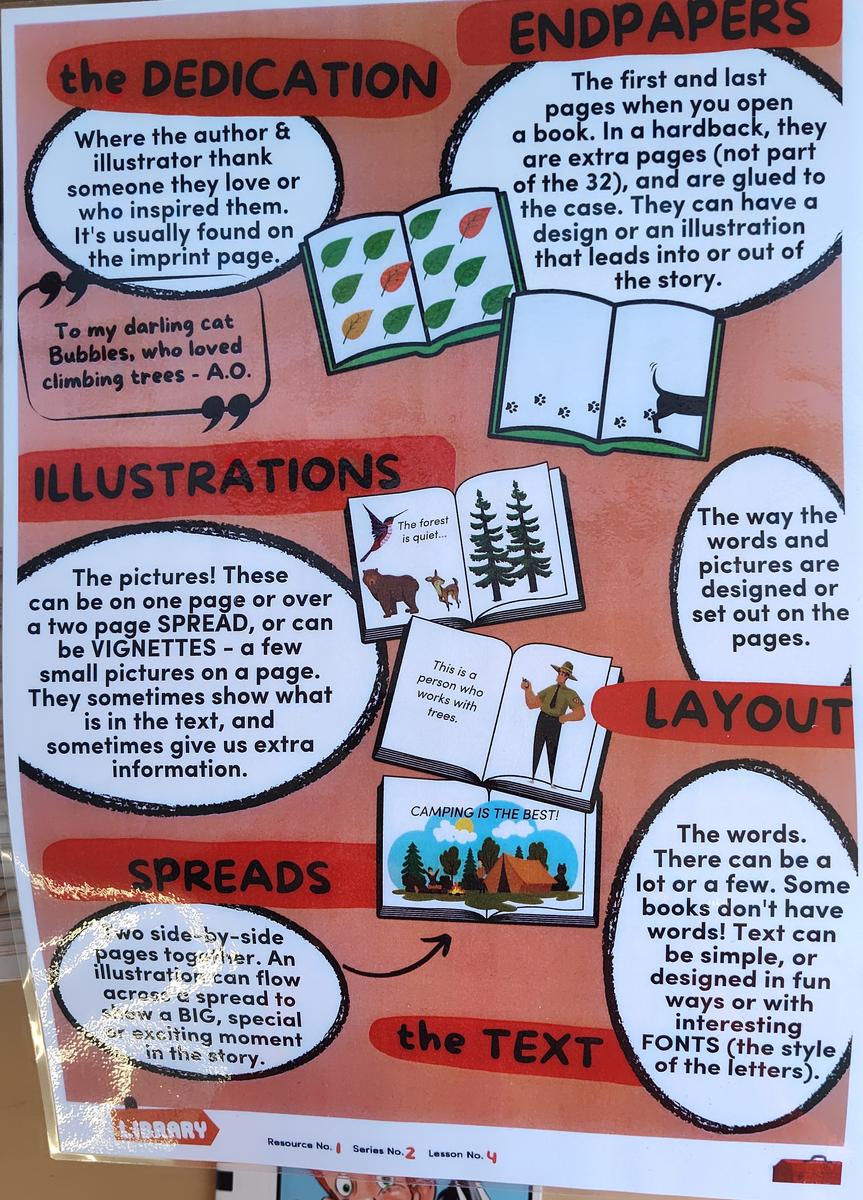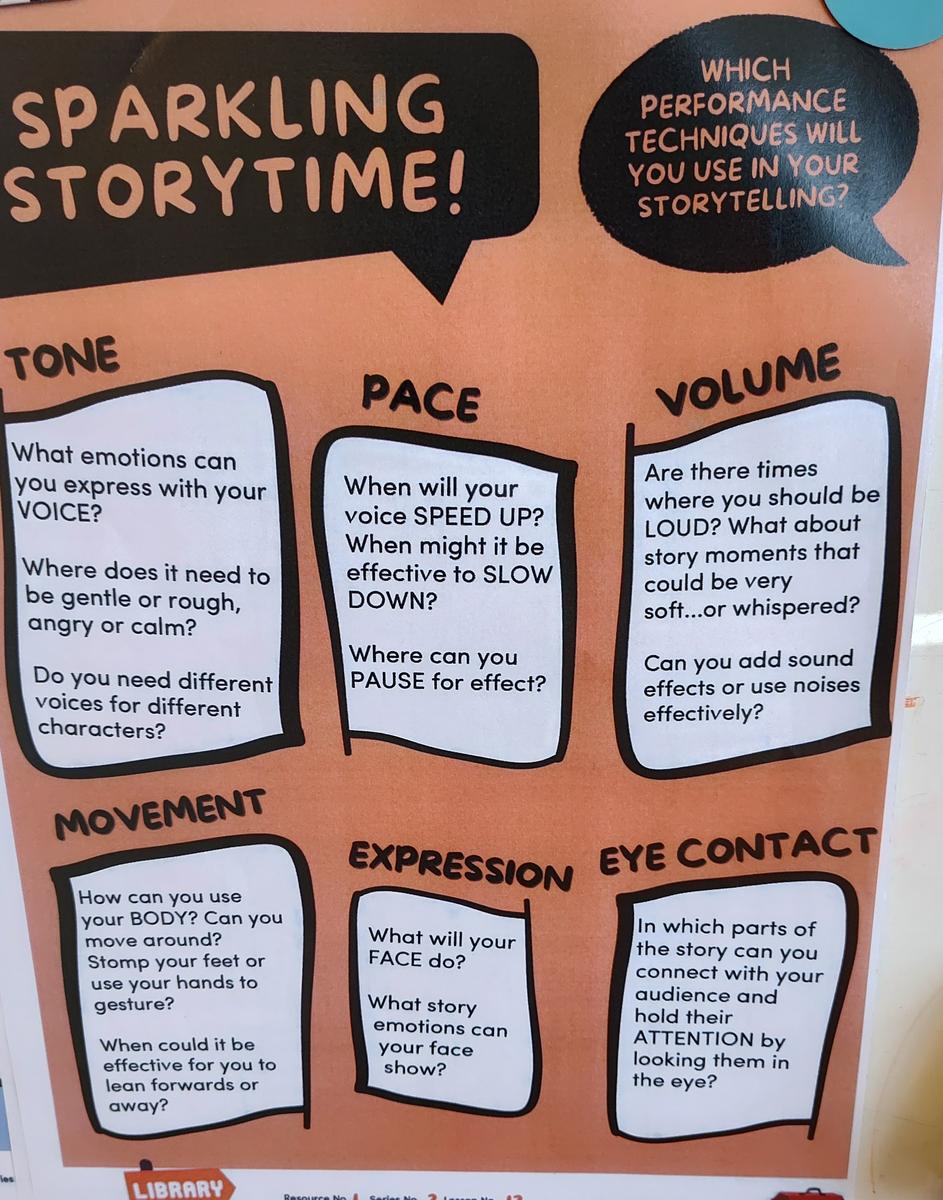Learning in the Library

Library Term 4 2025
The Melbourne Peregrine Falcons are keeping us entertained at the beginning of our Library lessons. We visit the link and check out the progress of the three ‘floofs’ / eyas. Their parents, the male is called a tercel and the female is called a falcon, are the same couple as last year. They are busily keeping watch and taking it in turns to hunt for prey so as to feed their growing clutch. Each week we are noticing the growth and the development of what they are up to now! Their nesting ledge is getting putrid!
The Melbourne peregrine falcons are expected to fledge in early November, typically around 40 days after hatching. The exact date can vary, but for the 2025 season, which started with eggs hatching in late September, the first flight is anticipated in early November. The chicks will continue to stay in their parents' territory for several weeks after fledging while they are taught to hunt.
Fledging Process: The fledging process can have some drama, with some chicks taking flight smoothly while others may have near-misses or tumbles that are often caught on live streams. Each week there are many wonderings and questions that are asked by the students which contribute to rich class discussions.
Remembrance Day has begun with revisiting why we commemorate this day and explanation of the poppy as an important symbol. Each class has made a wreath to lay at our school ceremony and a poppy to add to our school mural that will be on display in the foyer. We will hold a school ceremony on Tuesday 11th November, starting at 10.50am in the courtyard. Some senior students will be attending the ceremony at Oakleigh RSL on Sunday 9th November around 10.30am.
Our Preps are enjoying reading Matt Cosgrove books and have made some headbands of the characters ‘Macca the Alpaca’ and ‘Dharma the Llama’. The students are sharing their predictions of what these characters might get up to in the story, taking clues from the title and front cover of each book. Llamas have longer ears than an alpaca!
The non-fiction shelves are being explored and we examing the differences between our picture story books that are narratives and the information books found in our non-fiction shelves.
In 1\2 we began the term reading some new books about cockatoos and discovering that these birds are quite clever at copying us, they like to be in a herd with lots of them screeching and that they are showoffs! Non-Fiction books are being explored. Students are looking at how these information books are organised on our shelves and why the spine label is different to a fiction book. The layout and text features in information books will be examined and discussions will take place around these such as; the titles, headings, captions, the index, the glossary, the use of photos and diagrams and how these features help us understand the information we are reading.
How are picture books made? The 3\4 students are discovering exactly how a book is made, from the author, the illustrator and the publishing company. Using some lessons from Storytools -Storybox Library, students are watching and listening to different authors and illustrators explain the process. Where they get their ideas from and how they can work together to produce a book. Students see the drafts, the planning, the storyboards, the sketches they work on, even their studios in which they work. This helps reinforce to the students the different steps they undertake with their own writer’s notebook or storywriting. Different books will be examined by the students as they locate the various layouts, imprint pages and dedications that make up a published book.
Storybox Library has allowed students to watch stories being read by actors or celebrities. What are the various techniques that these people use to perform a reading of a book? In 5\6, using Storytools lessons, students are going to discover these techniques and choose a book where they will record themselves reading the book. Real authors and illustrators give their tips in these videos as to how they make the texts exciting, absorbing and hold the reader’s interest. Students have chosen a different book each week so far to practice using their voice for different characters, making use of text features to express some words loudly, softly or pause if need be. Reading aloud, holding the book, making eye contact and facial expressions are all techniques to consider.
Our 5\6 students will use some of these techniques in their recordings to be able to bring their chosen book to life, make it exciting and entertain the reader.

